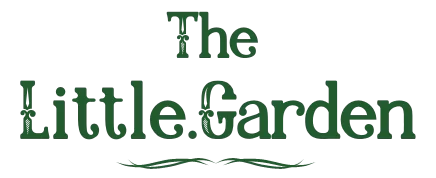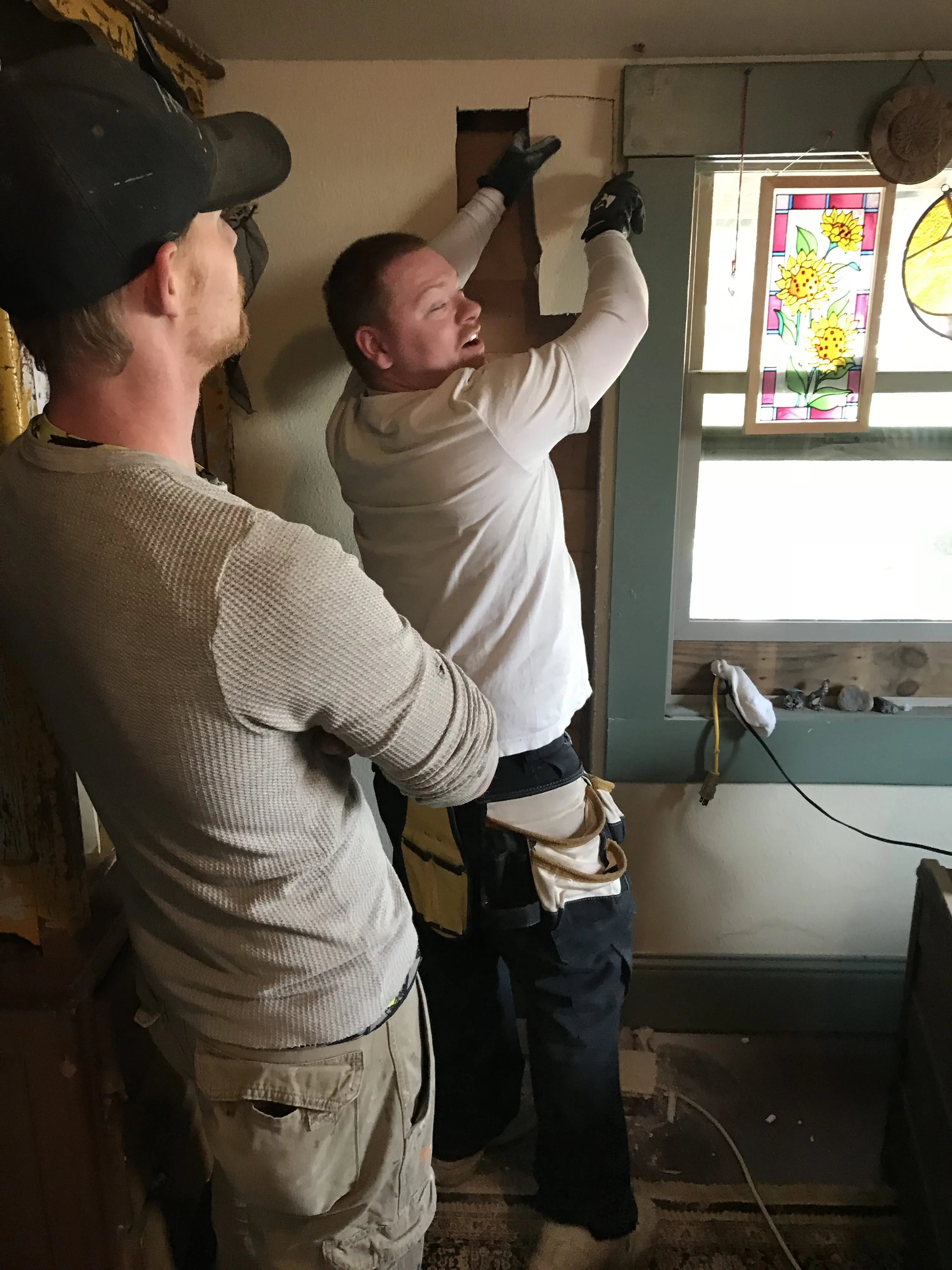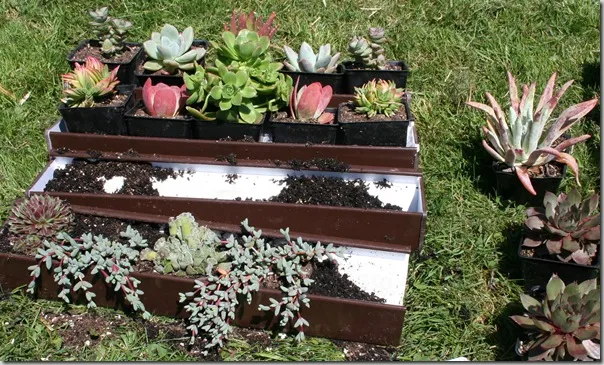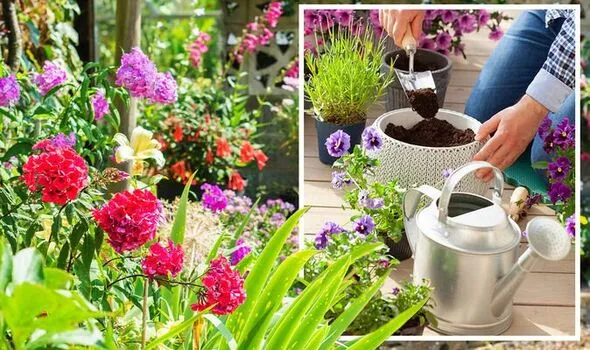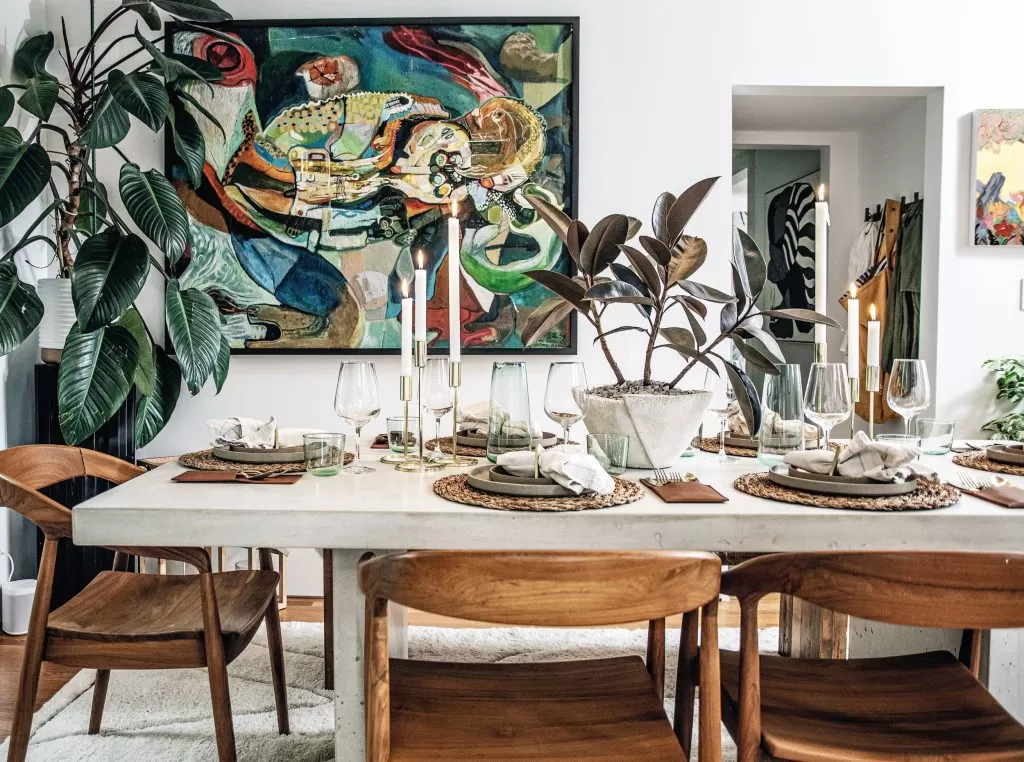- Transform small spaces into lush vertical gardens.
- Add unique decorative flair with personalized messages.
- Discover easy DIY steps for building your own stacked display.
- Get expert tips on plant selection and care for layered pots.
Welcome, fellow garden enthusiasts! Have you ever looked at your patio, balcony, or even a corner of your yard and wished you could pack more vibrant greenery or colorful blooms into a limited space? Tiered stacked planters are your secret weapon! These clever vertical arrangements not only maximize planting area but also create stunning visual focal points. Imagine a cascade of flowers or herbs reaching skyward, adding depth and interest to your outdoor (or even indoor!) décor. They’re incredibly versatile and, best of all, you can easily create one yourself, adding your own personal touch. Let’s dive into the wonderful world of stacked container gardening and unlock the potential of your small spaces.
Contents
- Why Choose Tiered Stacked Planters?
- Your DIY Stacked Planter Project
- Gathering Your Materials
- Preparing Your Pots
- Building the Tiers
- Selecting the Perfect Plants
- Plant Selection for a Pop of Color
- Important Planting Considerations
- Caring for Your Tiered Masterpiece
- Get Creative with Messages and Themes
- Conclusion
Why Choose Tiered Stacked Planters?
Tiered stacked planters offer a fantastic solution for many gardening challenges. They are perfect for gardeners with limited space, allowing you to grow multiple plants in a single footprint. Beyond space-saving, they provide excellent drainage and aeration for plant roots when constructed correctly. Visually, they add height and dimension, transforming flat areas into dynamic garden displays. Plus, they keep plants off the ground, which can deter certain pests. Whether you’re growing a mini herb garden, showcasing a collection of colorful annuals, or even creating a themed display, stacked planters bring a ‘wow’ factor.
Your DIY Stacked Planter Project
Creating your own tiered stacked planter is a rewarding project that’s much simpler than you might think. You’ll primarily need pots of different sizes, some structural support, and potting soil. The beauty of DIY is that you can customize everything from the pot materials to the colors and themes!
Gathering Your Materials
Start by selecting three or more containers that decrease in size. Traditional terracotta pots are classic, but you can use plastic, ceramic, or even repurposed items as long as they have drainage holes. You’ll also need potting soil and something sturdy to create the tiers between the pots. Recycled plastic nursery pots, bricks, or even upside-down smaller pots work well.
 STACKED-THREE-TIER-CONTAINER-GARDEN-PATRIOTIC-4TH-OF-JULY-GOD-BLESS-AMERICA-DESIGN-SHIRLEY-BOVSHOW-EDENMAKERS
STACKED-THREE-TIER-CONTAINER-GARDEN-PATRIOTIC-4TH-OF-JULY-GOD-BLESS-AMERICA-DESIGN-SHIRLEY-BOVSHOW-EDENMAKERS
Preparing Your Pots
This is where you can let your creativity shine! If using plain pots, consider painting them with weather-resistant indoor/outdoor paint. A solid color provides a clean backdrop, or you could try patterns or stencils. A popular trend is adding messages. You can write holiday greetings, inspiring words, or even family names. Sketch your design lightly in pencil first if you’re freehanding, then fill it in with paint. For a polished look, tape off sections before painting.
 GARDEN-DESIGNER-EXPERT-SHIRLEY-BOVSHOW-PAINTS-WHITE-TERRA-COTTA-POTS
GARDEN-DESIGNER-EXPERT-SHIRLEY-BOVSHOW-PAINTS-WHITE-TERRA-COTTA-POTS
Building the Tiers
Begin with your largest pot at the base. Place your chosen structural support (like an inverted plastic pot) in the center of the largest pot. The base of the next smallest pot will sit on top of this support structure. Fill the space between the support and the outer edge of the large pot with potting soil, leaving enough room for planting around the edges.
 black-plastic-growing-pots-for-plants-edenmaker.jpg
black-plastic-growing-pots-for-plants-edenmaker.jpg
Next, center the medium-sized pot on the support in the large pot. Repeat the process: place support inside the medium pot and fill the surrounding space with soil. Finally, place the smallest pot on the support in the medium pot, fill the remaining space with soil, and you’re ready to plant! Adjust the height of your supports as needed to achieve the desired look for your tiered garden.
Selecting the Perfect Plants
Choosing the right plants is key to a thriving and beautiful tiered stacked planter. Consider the light conditions where your planter will be placed – does it get full sun, partial shade, or mostly shade? Select plants that have similar light and water needs. Also, think about the mature size of the plants and how they will grow in relation to each other and the structure of the planter.
Plant Selection for a Pop of Color
Creating a vibrant display is easy with annuals. You can theme your colors, like a patriotic red, white, and blue display perfect for summer holidays or vibrant reds and greens for Christmas. Mix upright plants with trailing varieties to soften the edges and add a lush, flowing look.
Here are some plant ideas often used for colorful displays:
- Zonal Geraniums
- Scientific Name: Pelargonium x hortorum
- Common Name: Zonal Geranium
- Zone: 9-11 (often grown as annual)
- Light: Full Sun
- Humidity: Moderate
- Water: Water when soil is dry.
- Celosia
- Scientific Name: Celosia spp.
- Common Name: Celosia, Cockscomb
- Zone: 10-11 (often grown as annual)
- Light: Full Sun
- Humidity: Low to Moderate
- Water: Water when soil is dry.
- Nemesia
- Scientific Name: Nemesia spp.
- Common Name: Nemesia
- Zone: 9-10 (often grown as annual)
- Light: Full Sun to Partial Shade
- Humidity: Moderate
- Water: Keep soil consistently moist.
- Gaura
- Scientific Name: Gaura lindheimeri
- Common Name: Gaura, Butterfly Bush (not to be confused with Buddleja)
- Zone: 5-9
- Light: Full Sun
- Humidity: Low to Moderate
- Water: Drought tolerant once established, water regularly in containers.
- Gerbera Daisy
- Scientific Name: Gerbera jamesonii
- Common Name: Gerbera Daisy, Transvaal Daisy
- Zone: 8-11 (often grown as annual)
- Light: Full Sun
- Humidity: Moderate
- Water: Water deeply when top inch of soil is dry.
- Lobelia
- Scientific Name: Lobelia erinus
- Common Name: Lobelia, Edging Lobelia
- Zone: 10-11 (often grown as annual)
- Light: Full Sun to Partial Shade
- Humidity: Moderate
- Water: Keep soil consistently moist.
 red-geraniums-red-celosia-blue-lobelia-white-nemesia-gerbera-daisy-gaura-in-terra-cotta-stacked-planter-shirley-bovshow
red-geraniums-red-celosia-blue-lobelia-white-nemesia-gerbera-daisy-gaura-in-terra-cotta-stacked-planter-shirley-bovshow
Important Planting Considerations
When adding your plants, start from the top tier and work your way down. This simple trick prevents you from spilling soil onto the plants in the lower levels. For pots with painted messages, plant lower-growing or trailing plants around the text so it remains visible as the plants mature. Place cascading plants towards the edges where you want them to spill over.
Caring for Your Tiered Masterpiece
Tiered stacked planters often dry out faster than single pots because they are elevated and have increased surface area exposed to the air. Check the soil moisture regularly, especially during warm or windy weather, and water thoroughly when the top inch feels dry. Fertilize according to your plants’ needs, as nutrients in containers can leach out over time. Deadheading spent flowers will encourage more blooms and keep your planter looking tidy and full. If your planter is heavy, consider placing it on a sturdy plant caddy with wheels for easy rotation or moving.
Get Creative with Messages and Themes
The idea of adding messages to your pots opens up endless possibilities for your tiered stacked planters. You can create reversible displays with different messages or color schemes on each side, allowing you to simply turn the planter around to change the theme for different seasons or holidays.
 STACKED-THREE-TIERED-CONTAINER-GARDEN-CHRISTMAS-DESIGN-JOY-PEACE-LOVE-SHIRLEY-BOVSHOW-GARDEN-EXPERT-DESIGNER-EDENMAKERS
STACKED-THREE-TIERED-CONTAINER-GARDEN-CHRISTMAS-DESIGN-JOY-PEACE-LOVE-SHIRLEY-BOVSHOW-GARDEN-EXPERT-DESIGNER-EDENMAKERS
Imagine messages for spring (“Bloom & Grow”), fall (“Autumn Colors”), or simply uplifting words (“Hope,” “Love,” “Grow”). This personalized touch makes your tiered stacked planter a unique piece of garden art.
 SHIRLEY-BOVSHOW-GARDEN-DESIGNER-EXPERT-PATRIOTIC-CONTAINER-GARDEN-FOURTH-OF-JULY-HOME-AND-FAMILY-EDENMAKERS
SHIRLEY-BOVSHOW-GARDEN-DESIGNER-EXPERT-PATRIOTIC-CONTAINER-GARDEN-FOURTH-OF-JULY-HOME-AND-FAMILY-EDENMAKERS
Conclusion
Tiered stacked planters are a fantastic way to add height, color, and personality to any garden space, no matter how small. They are relatively easy to build, fun to customize, and offer a dynamic way to display your favorite plants. By selecting the right pots, providing sturdy support, choosing suitable plants, and giving them proper care, you can enjoy a beautiful and thriving vertical garden display that brings joy throughout the seasons.
Have you ever created a tiered stacked planter? What plants did you use, or what theme did you choose? Share your experiences and ideas in the comments below! Don’t forget to share this article with your fellow gardening friends, and explore more container gardening ideas here at Thelittle.garden.
